This is the first part of presenting ideas on how to mesh a particular style of eating with permanent design systems with both the health of our bodies and the health of the planet. It is an alternative trajectory to both factory farming and to yield restricting plant based diets. Perhaps an alternative title might be "The end of Agriculture", but that might be premature.
This intro deals with what and why this style of eating holds promise and what kinds of foods can fit within permaculture food production systems. The next installment will be about the methods and yield benefits of changing production systems from carbohydrate based annual plant foods, to a focus on producing nutrient dense plant and animal foods in harmony with ecological processes
What is Ketogenic eating?
Ketogenic diets are diets designed to keep the body running in a state of Ketosis, that is running on Keone bodies made from fat instead of on Glucose. This medical diet was invented in the 1920’s to treat epilepsy and it was an effective treatment before the development of drugs reduced its use.
These are a type of low carbohydrate, high-fat diets that specify a moderate supply of complete proteins, at around 30% of calorific intake, and around 60% of energy needs coming from fats. Digestible Carbohydrates, such as starches and sugars are considered non-essential for nutrition and their intake is usually a byproduct of consuming low carbohydrate vegetables and some fruits.
Ketogenic diets have received newfound interest and show promise for weight loss, dyslipidemia, neurological disorders, nonalcoholic fatty liver disease, diabetes, and performance athletes.
They are usually but not always relatively high in animal foods. However, it is not the Atkins diet, nor the Paleo diet although these can be classed among LCHF diets. It is a diet that considers the hormonal effects of macronutrient ratios and at the core is the principle of a fat adapted metabolism.
The contemporary media mill and numerous global NGO’s are enamored with cutting animal products from the diet and blame them for all manner of global ills. Much of those arguments are based on the impacts of factory farming and not in fact on the foodstuffs health and ecological potential.
The arguments ignore that the majority of agriculture as it has evolved over the last 15,000 years has focused on production of carbohydrate-rich foodstuffs, at the expense of everything else
As a Permaculture designer and follower of a low carbohydrate diet, it occurred to me that someone had to stick their neck out and their head into this debate to add some colour to the solutions.
Why low carb?
Health
The human body needs key vitamins, minerals, fats and essential amino acids to build and maintain itself. As well as the essential body infrastructure it needs certain amino acids, elements, and fats for hormone synthesis. If you can’t eat them, you will eventually die from malnutrition-related illness.
There is no such thing as an essential carbohydrate. None, Zero
We do need fibre for our gut microbes, and any of a number of vegetable fibres can suffice to provide roughage and the substrate for microbes to live upon and generate vitamins as well as provide a healthy defence against pathogens. But there is no essential type of carbohydrate, especially any digestible carbohydrate such as sugars and starches. The amount of sugar that the body needs can be generated within the body from other sources.
Not only does the human body not need digestible carbohydrates but in its absence, it has a reduced toxic load. Sugar is not a clean fuel, it leaves behind toxic lactic acid in the muscles when metabolized anaerobically (Glycolysis), and when it exceeds the very tight levels in the bloodstream it causes numerous diseases.
Diabetes of either type is an inability to control these blood sugar levels and is associated with most degenerative diseases from cognitive decline, circulatory disease, organ failure, endocrine malfunction and
Sugar is a sweet poison that puts life into a metabolic paradox. On one hand, it is energy and no life can afford to avoid free energy, and yet it’s also a poison. All cells from bacteria to human are programmed to use available sugar first, in preference to all other available fuel sources. It is obligatory, it's hardwired into your DNA as a failsafe that available glucose will be utilized first and foremost above all other substances. It is metabolized by anaerobic or aerobic methods or converted to glycogen, or fat (palmitic acid)
Not until genetic or hormonal switches kick in will other resources be used in the order of
(Glucose ) > other sugars > alcohol > fat (ketosis) > protein (gluconeogenesis)
It’s not that sugars are used because they are the preferred cleanest fuel, but because they are the most dangerous and disruptive. If left in the body and not dealt with they will react with other essential biochemical and lead to multiple pathologies.
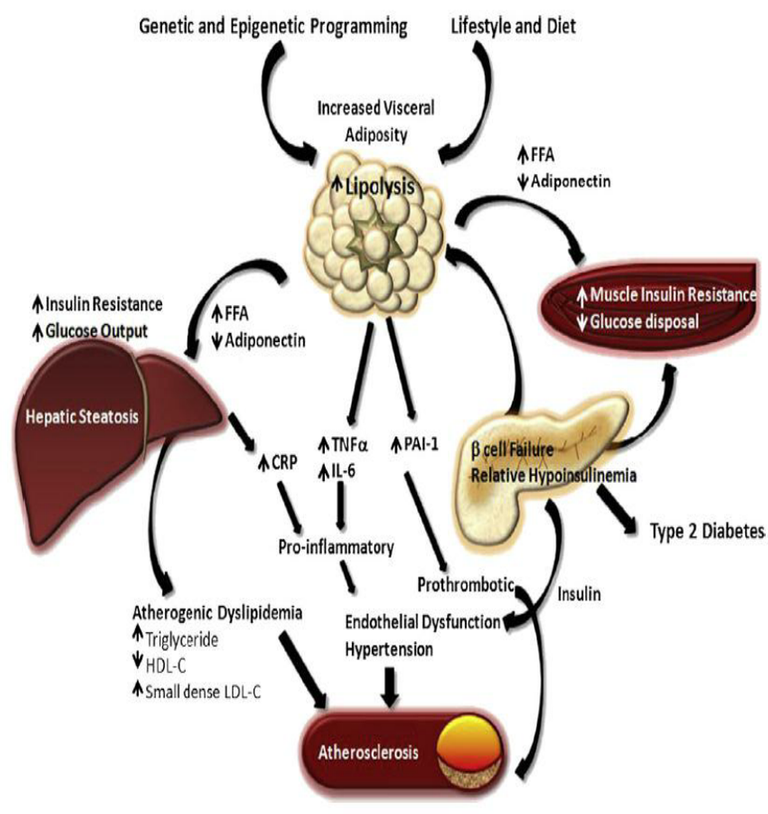
Fats are the largest store and safest store of energy. Its no coincidence that all animals store the majority of their internal energy reserves as fat. The fuel supply when you run on fat is 10 x the amount of exhaustible supply of glycogen stored in your muscles and liver
The Hormone trick
Do you have excess belly fat? If you do then you probably have some level of insulin resistance. By eating too much carbohydrate or protein you trigger excess Insulin production. When Insulin is active the body stops burning fat and the liver starts converting sugars to fats and fat cells start absorbing it. The time delay between eating a high carbohydrate meal and fat accumulation is only a matter of hours.
Your blood sugar drops to safe levels, but as the insulin is still in excess the body cannot yet start burning the fat and you become hungry again, despite having excess energy stored as fat. You are hungry and eat again triggering another release of Insulin and the vicious cycle repeats
It is not until you enter a fasting state and the hormone Glucagon is released that you start burning that fat. This can be sped up by eating low carbohydrate foods and gaining most of your energy from fats. Fats do not trigger insulin release so you stay fat adapted. Because your energy reserves are so high and the false hunger from insulin is not triggered you can go 12, 16, or 24 hours without eating without noticeable hunger and with steady energy and clear mental focus
This is the natural Human animals metabolic state. Fasting and fat burning with periods of feasting on available foods. Before agriculture and supermarkets, if you were hungry you have to go find something to eat, this may take some time. And when you do its likely to be something fibrous and vegetable, some kind of fatty animal or seeds, Only in the season might you get lucky and find a fruit tree or a honeycomb and gorge yourself on this ephemeral food source. Most of the time the food is not at arms reach and you are in a fasting state
Health again, of the environment
Simple carbohydrates require specific crops. Seeds, storage organs like tubers and roots, and some specific sugar-rich plants. This form of the plant is rare and so human agriculture relies on just 6 main crops to support the mainstream of 7 billion souls.
Wheat> rice> corn > sorghum> potato > cassava
The majority of the balance is only a few more kinds of millet, sweet potato and grains related to the above like Rye, oats and barley
These are primarily monocultures, just one species across vast areas and all other species weeded out or poisoned

All of them populate at best the top 1.5 metres of soil, and that soil must be both nutrient rich and free of competition by other plants. These crops are by and large weak primadonnas, all of them dependent on our inputs to survive and reproduce.
To do so we use all the most fertile soil, most of the Earths' available freshwater supply, eliminate whole ecosystems, and set populations to menial toil on a form of cultivation that is essentially mining a finite resource of soil capital
In reality, there are over 3000 species of edible plants and we rely on at best 12 to provide most of our staples. If we include the species that are eaten by animals that we can eat then the numbers of possible species of combinations for an agroecosystem are in the millions.
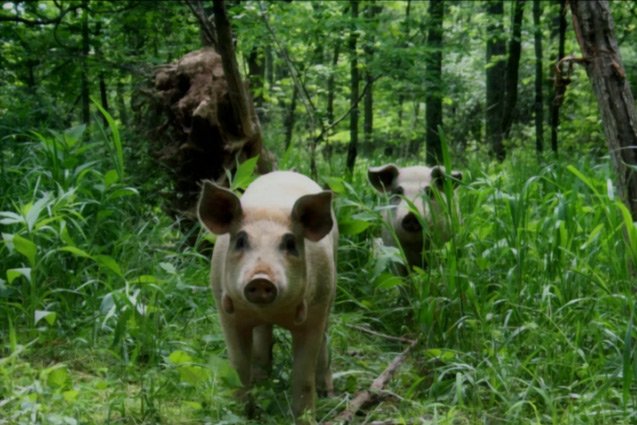
In pursuing dependence on limited crops so we create deserts. Of life, of the imagination and of taste.
Taste
The Ketogenic way of eating, to me, is totally delicious. I know some peoples tastebuds and metabolism do not agree with high-fat inputs but for some of us, it is the natural match.
Even for me, I've found as my body adapted I started to find fatty things that before I rejected to be desirable, like organ meats and the dark meat of oily fish.
Whether you love meat or not, and yes it is possible to do keto vegetarian if you really wish, although as we will discuss it’s an artificial and severe limitation on yield, they are high fat nutritious foods
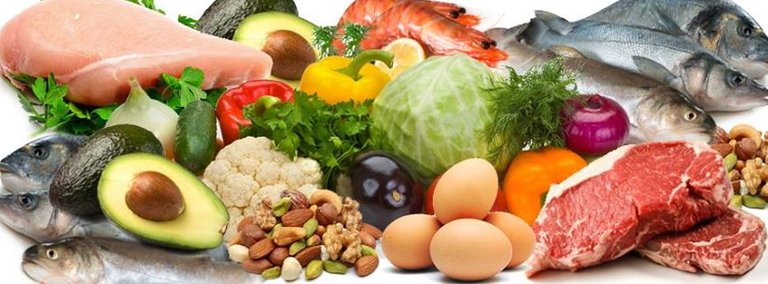
Lets go over some now
Examples of Keto friendly whole foods
These are all foods that can be produced by permaculture systems
Eggs
Eggs are considered the measure against which all other proteins are measured. The Chicken egg is a near perfect protein food containing >6g of complete protein per egg, and a healthy balance of fats. All other protein sources are compared to the egg as the standard.
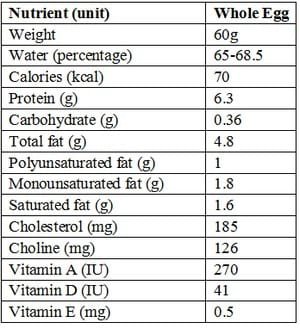
What is a complete protein? Proteins are made of amino acid building blocks and there are 20 essential ones, that means we can’t synthesize them in our own bodies and must get from our food. If one or more amino acids are limiting then the protein is incomplete, this applies to many grains deficient in Lysine, which require consumption of beans which are high in Lysine to balance them.
https://en.wikipedia.org/wiki/Essential_amino_acid#Use_of_essential_amino_acids
If the protein is not completed then the unbalance protein eaten becomes in excess and cannot contribute to dietary needs, it is converted to sugars by gluconeogenesis and the nitrogen component excreted in urine. Animal products are complete proteins so are easy to calculate.
As a well as the chicken, other cultivated eggs include Duck, goose, quail, Emu, Ostrich, Fish roe of many species, think Caviar.
Nuts
Almost all foods under the category of Nuts are good low carb foods. Macadamia, Almond, Walnuts, Pecan, Brasil nuts, Hazel, Kenari, Pine nuts, Sacha Inchi. It can also include the Peanut though technically its is a bean relative
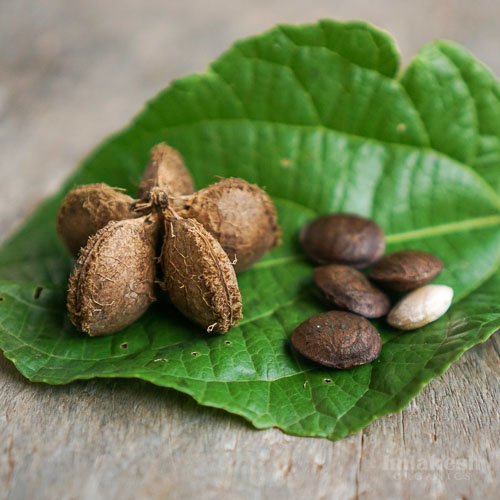
The most commonly known nutlike foods that are high carb are Chestnuts, Bunya nuts, Acorns and Beech-nut
Some fruits or all fruits in moderation
Fruits are mostly high in sugar, there are but a few that are truly low carb high fat. Avocado and Olives top the list, with Oil palm fruit also a hot contender. It is likely there are more out there if we look. There’s a number of fruits harvested for their oil but from the seeds, so that will be covered elsewhere as edible oils, such as Shea Butter, Cacao, and Argan.
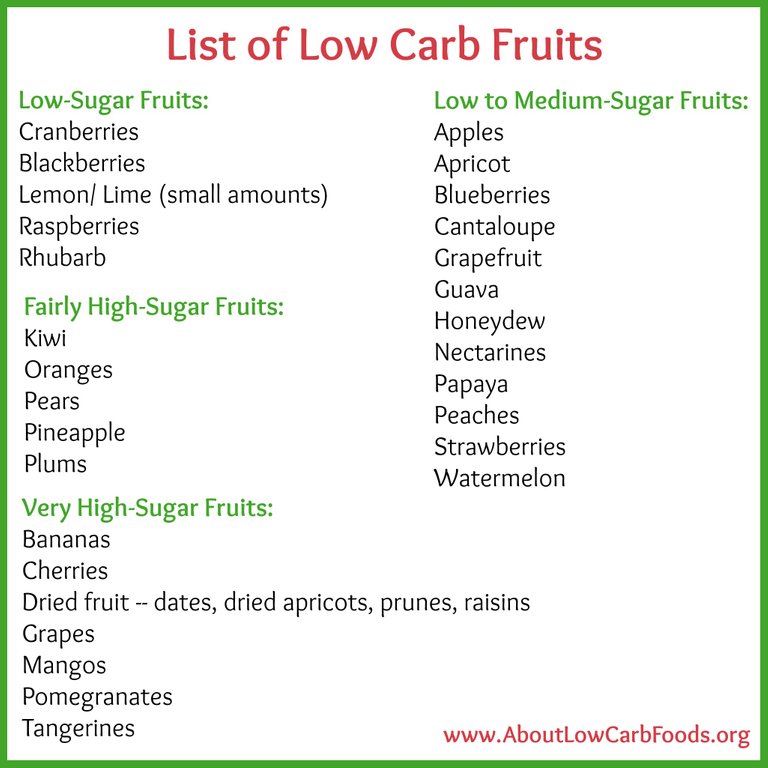
Berries and sour fruits are the lowest carbohydrate fruits,
All others mostly fit in the middle
High carb fruits include banana, pumpkin, pineapple, Jackfruit, Breadfruit, Apples, and dates
When I want to use up my carb quota, I eat fruits and vegetables. It’s easy once you become accustomed to the quantities
Free range meats, dairy, pastured poultry and Wild game
Everything has its poison. The Piaroa Indians living in the rainforest of southern Venezuela well know the plant poisons around them. They know the bitterness and the sweetness is the poison of the realm of plants
But animals too have poisons as parasites. Animals fight against predation by stealth, secrecy and fighting back because they are so edible.
They say eating animals too comes at a cost, of Zoonotic diseases, parasites and bacteria passed from animals to humans
This defense exists, as the parasite, in natural systems, one prey animal may be taken, but its final gift is a load of a pathogen to the predator species that inhibits their predations.
Sentient human cultures have established laws of Taboos and dietary hygiene that usually involve rules about catching, raising, killing, handling and cooking meat as of 45,000 years ago. Raw meats are eaten in some places but under strict precautions
Camped next to an Australian aboriginal community group serving Kangaroo and crocodile next to the Hari Krishna food tent of cabbage balls, they only jested at the Vegans odd ways. What really pissed them off were Aboriginal TV chefs serving rare Kangaroo. To them its Taboo, perhaps up there with serving a Rabbi some pork crackle. There are precautions, that become rules, and in time Taboos.

If you’ve read this far you know this in your guts, and from your mother, because you aren’t dead. You don’t eat raw chicken, do you? Nobody does. Anywhere.
And the final line of defense are poisons. I think you should know a man cannot live on beef alone, particularly grilled. Especially Nitrite salted then cooked at high-temperature meats like crispy bacon or smallgoods, sausages and the like.
I’m presuming you know enough about the basics of carcinogenic food substances created by high-temperature grilling or frying, its not limited to meats as even frying potato generates poisons, and if you do partake, at least follow it with some cruciferous vegetables like the cabbages, broccoli, Kale, fermented kimchi or sauerkraut to counteract these poisons. It’s not just a good taste combination, its living health tradition for good reason.
All that said. Animals do resist eating, just like plants, because they are good to eat.
Fish and sea life
All fish, molluscs, and anything from the sea, including Algae, are low carb and nutrient dense. Enough said it’s all good and has sustained our ancestors since they first smashed an oyster off the rocks in the inter-tidal zone, perhaps for a million years.
From freshwater environments, there are numerous vegetables as well as animal products.
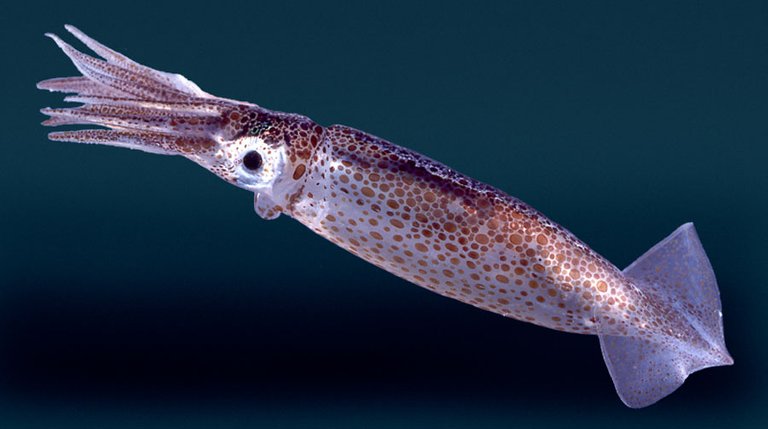
Palms
Palms deserve a special mention because of their importance, mainly 2, the Coconut and the African oil palm.
The coconut needs no introduction, a pillar of tropical civilization and sources of Food, fibre, biofuel, timber, and medicine. The oil is rich in medium-chain triglycerides that are especially effective at encouraging burning of the belly fat
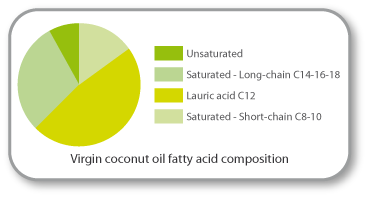
While the Coconut has received the accolades for its health benefits, the African oil palm, a rainforest palm is at the center of environmental vandalism in Asia, Papua and increasingly Africa and South America
Putting aside the way it's grown in most places, not all, its nutritional benefits are quite extraordinary especially the fruit oil which is rich in beneficial fatty acids comparable to Olive and Avocado oils. Per Hectare, it is the most productive oil crop on earth, perhaps only with the contender of Sacha Inchi.
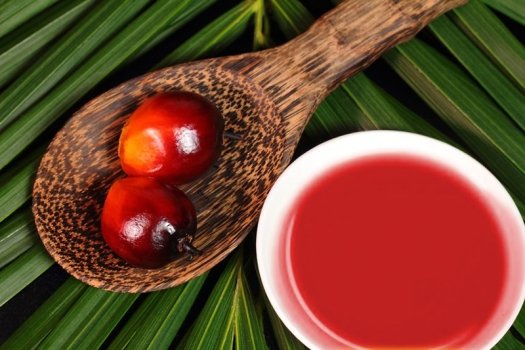
There are many more palms used by Asian, African and Amerindian palm polyculture specialists that yet to be familiarized in wider use.
Almost every vegetable and flower
Apart from some high carb vegetables such as root crops, Breadfruit, and pumpkins, almost all vegetables are fibre rich, vitamin rich and low carbohydrate. They can be eaten with gay abandon and should be
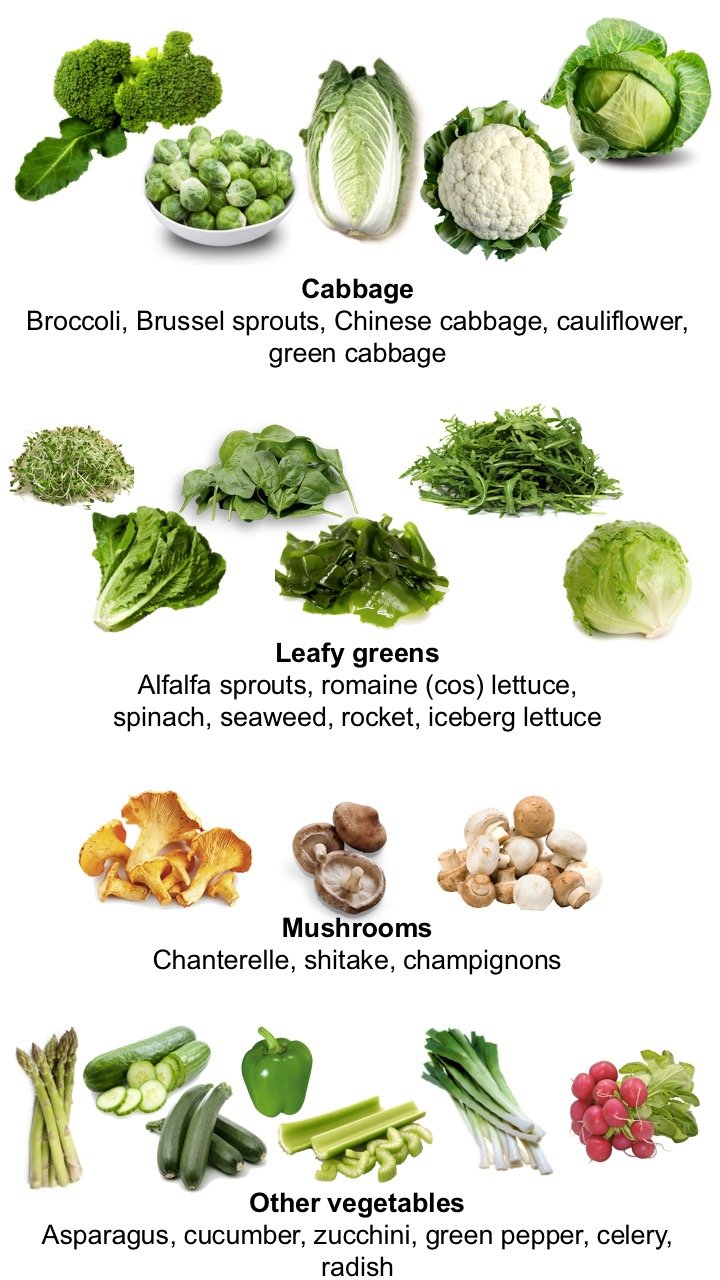
Seeds
Hemp, Chia, Sesame, amaranth, poppy, mustard, basil, Nigella and many more
All these add taste, fat and other beneficial substances with a fairly low carbohydrate load
Cacao, the chocolate Tree stands out as a high fat and delicious ingredient. Cacao trees require rainforest conditions to grow and are excellent to work with in building proficatble agroforestry systems
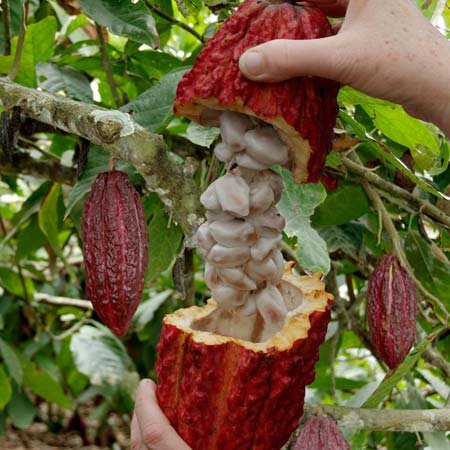

Edible oils – (use the figure)
Healthy oils are rich in monounsaturated fats, saturated fats and contain a balance of omega 3 to the omega 6.
Hemp, Macadamia, Olive, Pumpkin Seed, Butter and Ghee, Avocado, Coconut, Walnut, Argan, Flax, Portulaca, fish oils, Moringa Oil, Beef tallow

High Omega 6 oils like sunflower, soy and canola oil promote inflammation and increase the oxidative stress in your cells
Spices and herbs
These are all great to add to the diet, things like fresh green herbs, seeds like cumin, fruits like pimento, star anise, juniper, chili as well as ginger and turmeric.
Garlic and the rest of the onion tribe, as well as horseradish, do have countable carbs but their benefit is so great it’s good to include.
Sour Citrus does have countable carbs but the benefits are great, limes and lemons.
Vinegars don’t count as carbs
Herb teas, Tea, Mate, Chocolate and Coffee
If no sugar, then these are all great
Fungi and other microbes
Mushrooms and fermented products, Tempe, Oncom, brewers yeasts as well as the blue-green algae Spirulina are all super nutritious foods that are low in carbohydrates
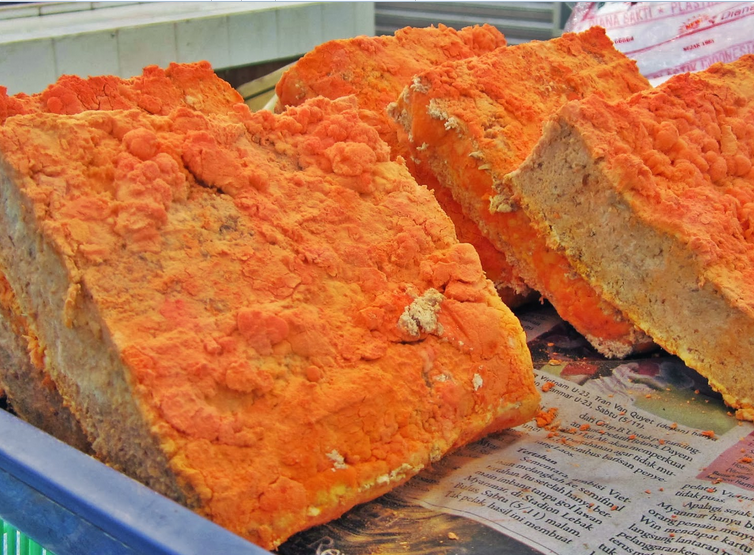
Oncom is a Javanese Tempe like product fermneted with an orange fungus, the cake is cooked and eaten like a mincemeat
Insects
These aren’t part of most English language readers diet, apart from Honey. Honey is pure sugar so it isn’t counted here, but if turned to a dry Honey wine, dry Mead, it's a lower carb alcohilic drink like other wines that can be consumed carefully. Bee pollen, propolis, royal jelly, and larva are low carb high-value foods
But I've tried a few other Insects and they are great, including crickets and weaver ants. Fried crickets with garlic, salt, and chili I can eat like potato chips.
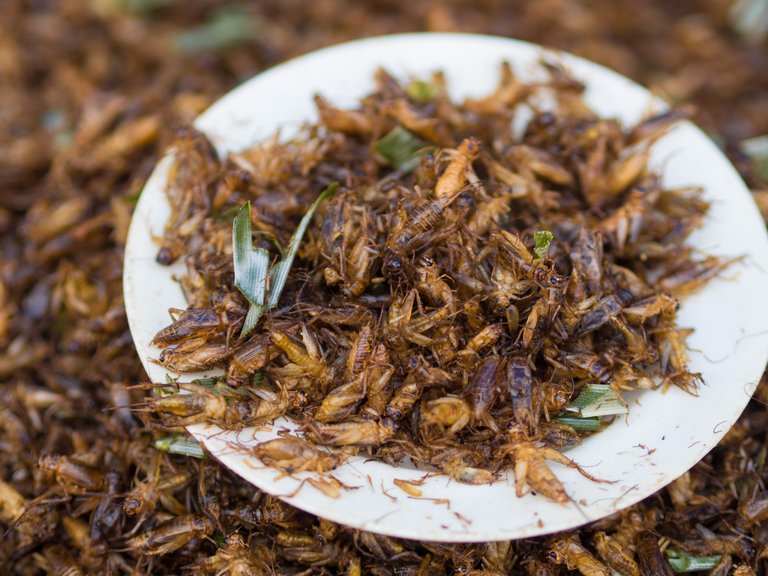
Weaver ants make a great citrus tang zest on BBQ and their eggs are rich in protein and a delicacy through Asia where they are farmed. Weaver ants are also very handy in the orchard for pest control.

Various grubs and caterpillars, worms and swarming dragonflies also form part of the diet in forest and agricultural communities where they are much in demand
Next..
Now you can see all the many great foods that fit into Low carbohydrate diets, and that can make up the elements of a permaculture food system, let’s look in part two at what a Keto Permaculture design might look like and why it has far reaching benefits not only for human health but also for the Planets ecosystems.
if you like what I'm doingplease Comment, Upvote, Share or Resteem!

I love the Keto diet and have lost a lot of weight from it over the past year. I'd be willing to try those crickets because crunchy chips are something I miss on Keto. They just aren't readily available where I live. I'm looking forward to hearing about your Keto permaculture design in part 2.
Another excellent article, reville! I am definitely interested in learning more about how the ketogenic diet works.
Thanks Mate :) a lot more to come . I am going to write mainly about Permaculture stuff and development/ ecological restoration projects but if i get the courage id share more on my thoughts with the Keto method, as well as the Intermittent fasting. Theres a special niche for doing this diet in a tropical country, many standard foods are not available or accessible so i must innovate from local produce. We have many unusual foods here in Indonesia and different culinary methods
I really want to reconcile what a Permaculture food forest will look like that is designed to produce Keto friendly foods. less Cassava and more Chicken forage. Less sweet fruit for humans but more fodder for livestiock. Use of native plants that can't be eaten directly but are forage for things that can be eaten - like wild Quail or woods and grasses for mushrooms
Nice post.
Hii
Very interesting read. You would have to finish it off with bugs....ewwwe. I know there are many edible plants that grow wild where i live. I would like to learn more about how to identify them so i can incorporate them into my diet. Thank you for a very informational article.